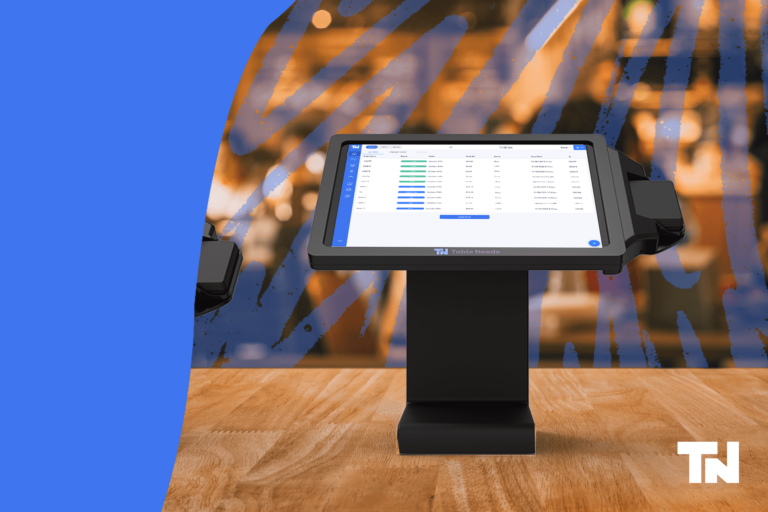This article was originally published in FSR Magazine
Leaders can weather the difficulties of the great resignation while also making employees’ lives better.
The Great Resignation is affecting all sectors of the economy, and the restaurant industry is no exception. According to the Bureau of Labor Statistics, there were 70 percent more job openings in the industry in 2021 than before the pandemic, and the turnover rate increased from 4.8 to 6.9 percent.
Aside from the occasional career server, most front-of-house restaurant employees consider their roles as steppingstones toward some other career goals. From The New York Times article, “More Quit Jobs Than Ever, but Most Turnover Is in Low-Wage Work,” published in January 2022, with the lower wages of restaurant staff, the pandemic may have been the catalyst that led many people to pursue their next career goals immediately. Servers got real estate licenses, online degrees, or other career credentials and left the restaurant industry permanently. That’s not surprising, given how challenging the hospitality sector can be.
Of course, the industry has always had a high turnover national average—rising from 61 percent in 2016 to 74.9 percent in 2018, according to The National Restaurant Association—but this is clearly different. So how can restaurateurs survive? One of the most important strategies is creating and sustaining a strong sense of community. The restaurants that are faring well despite the Great Resignation are those that have built a culture where staff feel like they’re part of a family.
How a Sense of Community Makes All the Difference
When restaurant staffers feel their employers truly care about them as people, it changes their motivation to work there. It makes them feel good about going to work—and about being part of a team. When people feel valued, they look forward to showing up at work and doing a good job.
A sense of community can also have a positive impact on customer service. Hospitality protocols are worthless if staffers are filled with resentment. Yet restaurants must rely on their servers and staff to set the tone for the customer experience. The fact is, happy employees lead to loyal customers, and loyal customers lead to steady revenue.
For these reasons, it’s critical to build a great sense of community. Here are a few great ways to do that.
3 Ways to Build a Restaurant Community
1. Take care of employees.
Restaurant leaders should take every opportunity to show employees basic human decency. They can provide dignified break rooms and places for food breaks, ample bathroom facilities, and other conveniences. A safe, clean, welcoming space goes such a long way in allowing employees to feel like they can put down roots.
Leaders should also stay cognizant that people sometimes have hardships, such as a family loss or even a romantic breakup, and be ready to provide accommodations. Nothing says “community” more than that kind of understanding. Without it, staffers will feel like mere cogs in a machine, which kills the sense of community.
2. Have employees’ backs.
No employee is a superhero, so restaurant leaders should let them know that if they stumble, someone will be there to help them recover. For example, if a server is saddled with 10 tables, salads to make, and drinks to be refilled, leaders should offer to help in a friendly and caring way instead of complaining about how behind they are.
Another important way to have employees’ backs is in reference to difficult customers. If one is giving a staffer a tough time, leaders can not only step up and handle the matter, but also advocate for the employee by letting customers know that it’s not okay to speak to employees in a rude, disrespectful manner. Yes, this risks the customer leaving a bad review, but inaction risks losing a valued employee.
3. Uncover employee pain points—and minimize them.
Restaurant leaders should start by asking employees, “What are the pain points in your day? What are the things that you’re frustrated about? What is not working?” And then take action to improve those issues. One of the most modern ways to do that is through new smart technology. For example, for difficult situations such as a large table of customers wanting to split the check, scannable QR codes may be able to expedite the process, offloading the burden from the server.
When used correctly, technology is not about replacing the people in the system. It’s about letting servers dedicate more time to being charming, welcoming faces at every table, providing customers with amazing dining experiences. That makes for more contented employees, which in turn makes for happy customers.
By building community, restaurant leaders can weather the difficulties of the Great Resignation while making employees’ lives so much better. But each month that they wait, they risk their restaurants’ success. Working on these simple tactics now will bring higher revenue and employee satisfaction in the near future.
Follow us for tips, news, and tutorials to run a successful small restaurant.






